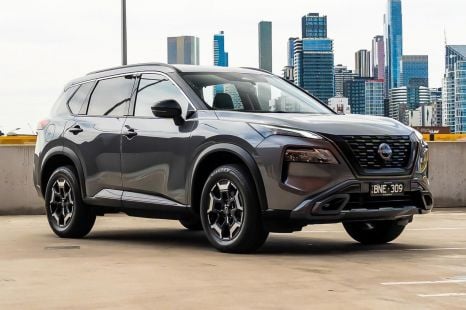

William Stopford
2026 Nissan X-Trail review
6 Hours Ago
Jeep is struggling in Australia after an incredible sales period through the early 2010s. Here, the brand's new managing director outlines his plan to rebuild the brand, and acknowledges what went wrong.

Contributor
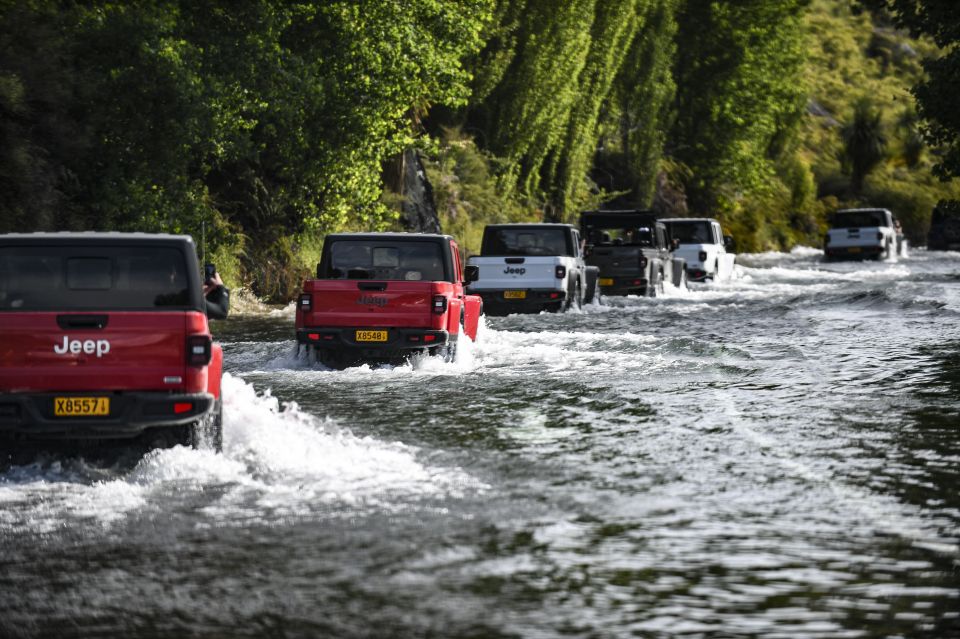

Contributor
After a period of huge popularity, Jeep has been through a tough few years in Australia.
The brand enjoyed a meteoric rise in the early 2010s, peaking with 30,408 sales in 2014. Since then, it’s been all downhill. In 2019, the brand sold just 5519 cars in Australia – down from 7326 in 2018, 8270 in 2017, and 12,620 in 2016.
Its market share last year was just 0.5 per cent, despite having one of the best-known brand names in the world and a range made up exclusively of SUVs.
It has struggled to service its customers since the sales boom, finishing ahead of only Mitsubishi and Kia in the 2019 JD Power Customer Satisfaction Survey. Problems with parts availability and service pricing have been well documented.
Kevin Flynn is the man Fiat Chrysler has chosen to lead the brand’s rebuild in Australia.
Having worked for BMW Great Britain, Lexus Germany and South Africa, and Jaguar Land Rover South Africa, he was chosen to lead Fiat Chrysler India in 2015.
After four years in Mumbai he was appointed managing director and CEO of Fiat Chrysler in Australia.
Flynn has been at the helm since September 2019. Last week, he spoke with CarExpert to lay out what’s happening behind the scenes at Jeep.
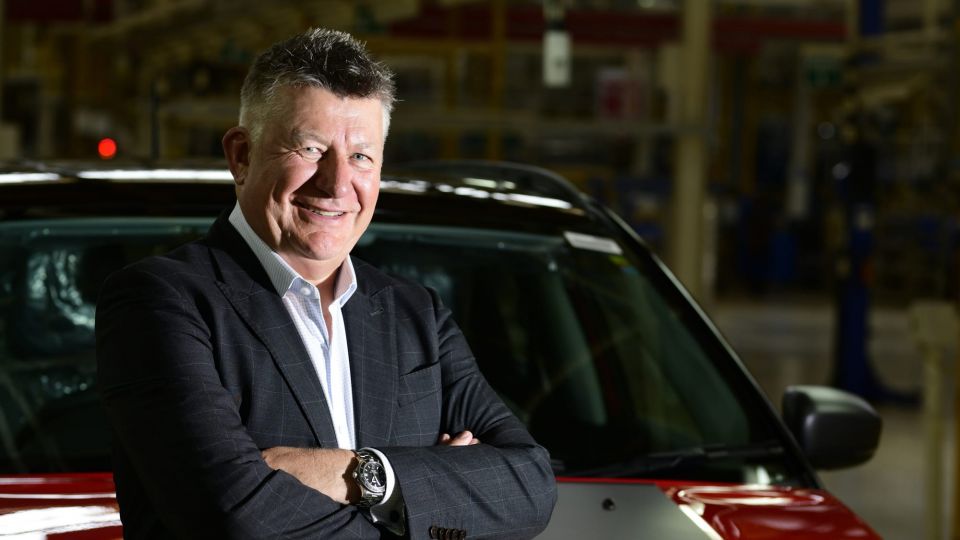
Kevin Flynn: There’s two sides to this; there’s a commercial answer and then there is the absolute practical element about it, and how I think the team are doing.
Let’s cover the practical… the spirit side of it, really. I think the team are doing a bloody good job.
I never thought that you could engage so much by Hangouts and the rest of it, and the discipline – because all the calls are set up – it’s bang, bang, bang, and everybody’s got to be ready. The engagement is huge.
In the office you’ve got this spontaneity. If I get an idea, I just come out of my office, walk down to the office of [FCA PR boss] Tracie, and say ‘Hey! What about this?’.
I can’t do that, because if I ring Tracie she’s already on scheduled call. In some ways we are more in each others faces, but in other ways getting that spontaneity is a bit more difficult.
Morale? I don’t think it’s easy. I don’t think I’ve adjusted brilliantly to it. I’m finding it colossally tiring, and at the end of the day you feel as though you’ve done three times more than you normally do – and I think I work pretty hard anyway.
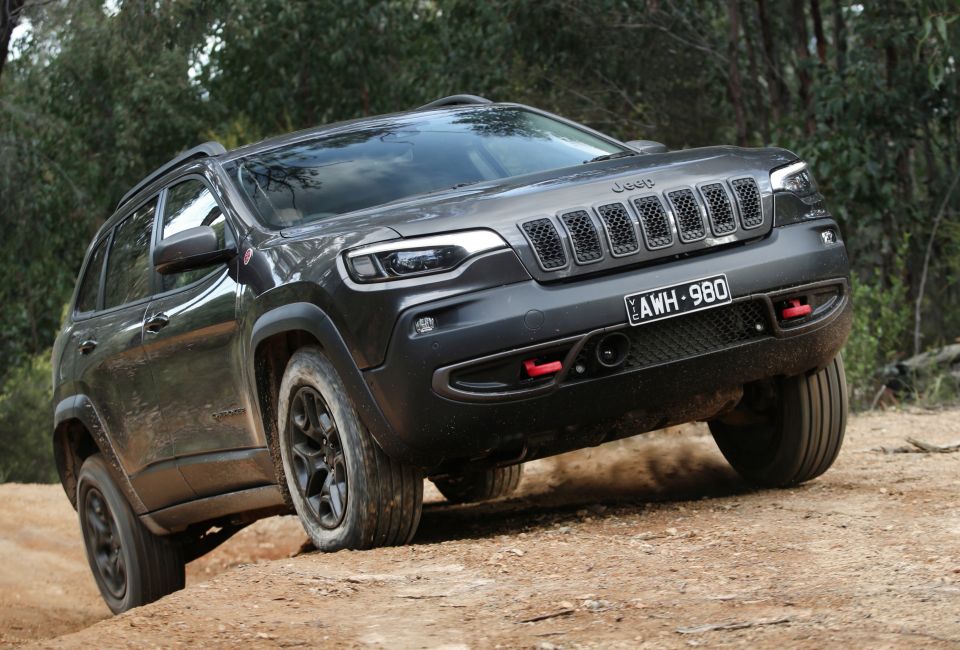
As a company, we came into COVID probably with not the level of momentum that we were planning.
I came into the business September last year, and the most important thing for me was a real, real deep dive into where we were as an organisation, where we were in terms of market, what was the appeal… and then looked at all of our channels.
So a really good look at Jeep, a really good look at Alfa Romeo and Fiat, and also the Fiat Pro business and how we run that.
I got out to probably near-on 30 dealers and had one-on-ones with them, and my teams slowly pulled together a pretty clear picture of where we were. So the job then was to put together a turnaround strategy for us as a group.
We’ve done that, and we took that to our main global board, they have a very, very active interest in Australia and the role that we can play, and they backed us 100 per cent.
That was just before the Christmas break. We all get Christmas break and the holidays and then we come back, we kicked off our dealer conference at the beginning of February with Jeep, got a fantastic response from our dealers as to the direction.
The dealers loved what we’re going to do, and absolutely bought into the strategy. We went away – I think we had a good February actually straight after that conference. We had a good lift on January, the dealers were really, really engaged and then boom, we’re into this nightmare.
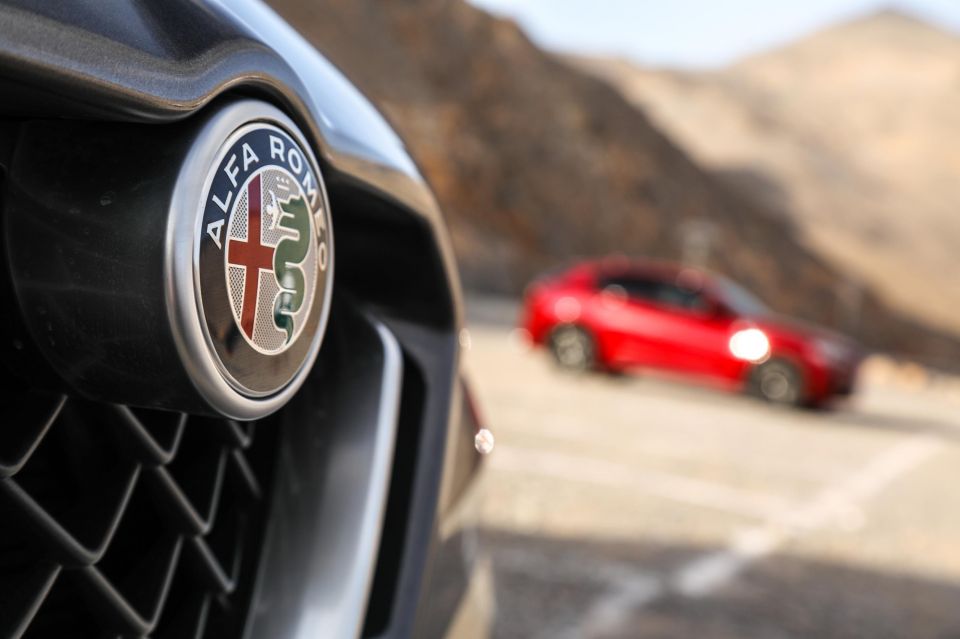
The interesting thing was, we actually got our Alfa Romeo dealers together for the Grand Prix.
The whole idea was to go and celebrate Alfa Romeo at the Grand Prix, and go meet the drivers, and get them revved up. And then on the Monday we were going to sit down, we were going to take them through the strategy we’ve written for Fiat and Alfa Romeo and of course it was a disaster, it was all called off.
We managed to do a virtual Hangouts conference with them, and equally they’re enthusiastic about our plans and what we’re going to do.
So we’re going to become a bit more singular in terms of a channel for Jeep, a channel for Fiat and Alfa Romeo, and we’re also getting our head around what we want to be in the Fiat Professional space – but of course, one of the big pieces of business in that area is the supply of OEM chassis to the caravan market.
That’s where we are when you ask about FCA. Jeep, which is what we’re focusing on in the here and now, has a great plan.
COVID has given us a delay in our communication of that plan, but what it has given us is – it sounds odd, but – not a breather, but a realistic time to get it ready.

Yesterday we were on a global Hangouts with the global head of advertising and marketing of brand, our global head of Jeep brand, the head of APAC region. We presented our whole comms strategy and we’ve got full green light.
So we are running while the market is as it is. To be honest whatever happens in the market at the moment we’re going to, because I need the back and open before we can start the communication of what we’re doing with Jeep.
When I came on board, when I did this study, what I found in the main was probably 80 per cent of our challenge was in the after sales arena.
When I looked at the history – and you only want to spend so long looking at history because it’s gone, there’s nothing you can do about it so you grab the lessons and pile them into what we’re doing to make sure that the water that’s already gone under the bridge is one thing, but what’s still to come is in better shape.
What was clear was as the massive growth happened in 2014, 2015 and around that era, we created a bit of a void in terms of the need to support our customers – from a technical point of view, from a care point of view – we just didn’t have eyes on it.
A lot of customers, they’re not using the Jeep network for their servicing and so forth. We watched it! I think what we’ve done is say ‘Hang on, let’s analyse that. What’s caused that, and where are the holes we’ve got to plug?’.

We’ve got to let people know we’ve done that. So we’ve done quite a number of things already. First of all, I’ve actually bought in a team of directors that are, I think, high-calibre… We’ve set ourselves some very strict KPIs.
In terms of things like [time with vehicles needing repair] off the road: whether that’s a technical issue or whether that’s a parts issue, we now have a daily monitor of every single situation across the country, and we’ve got such robust KPIs of where we want to be.
We’re so on that journey there, so that’s a real good one.
Another big one was the fact I wanted to get technical competence to customers earlier, to make sure that we don’t get into poor relationships with customers because we’re hearing these things so much earlier.
We’ve recruited, trained, and put in place four flying doctors in different regions, and now as soon as we can flag any sort of need for technical assistance, we’ve got somebody there.
That’s their sole role – their sole role is respond to customer issues, and if a dealer says ‘I’m not sure about this’ we can get there and fix it. And while they’re there, if there is a deficit in capability we can train the guys before we move on to the next so.
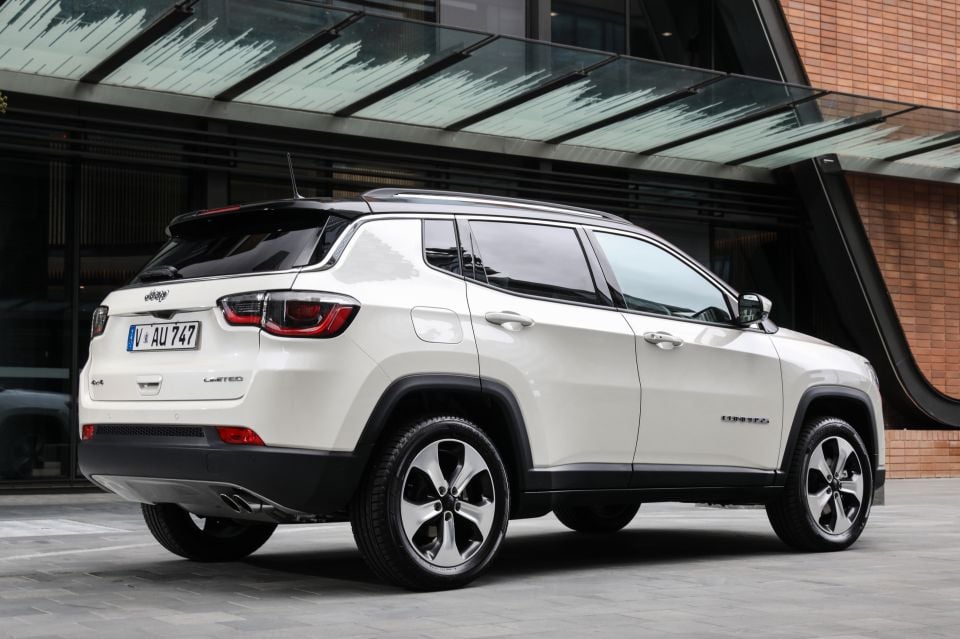
We’ve got a technical hot desk in Melbourne, and now they can tie straight into there so we’re getting the latest information, the latest data. We can connect up and it’s making a dramatic difference.
Any frustration that used to exist is dissipating on a daily basis.
Parts was a big one. I picked up through social media and talking to customers, and also talking to our dealers, there was a nervousness around the parts price position that we had on Jeep.
I commissioned a study, and we reviewed 17,000 part numbers and they just happened to be the same 17,000 parts we sold in 2019. So we took the whole of the sales part number profile and checked every one.
We set ourselves some criteria, and if they were outside that criteria, bang, we cut the price down. It’s really made a big difference. Some of the negative social media we were getting was more around those parts issues than anything else.
That’s done, implemented, re-priced, sorted out with the dealers, already out there. So as you can see, we’re running fast.
We’ve sorted out a far more efficient supply chain with Europe. I know Europe at the moment has got its own challenges with COVID, but nevertheless the transit time we’ve cut down. And we can make sure we’re getting the right parts faster.
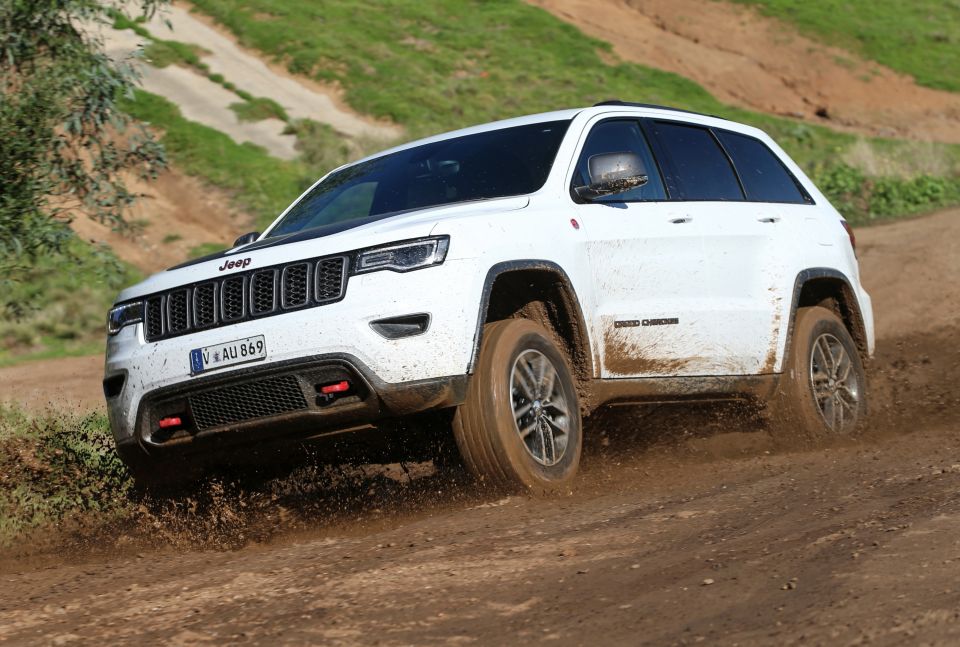
So an awful lot of work done in the after sales arena, and it’s continuing. I have a daily update, I’m meeting the key team, agreeing the things to focus on, and it’s transforming the business.
People are going to have to experience that. We’re going to have to entice customers to come back and try us, but the bottom line is the technical capability, the backup, the part – everything – is far better.
This is not rocket science but, again, we look at everything. We didn’t really have a competitive capped-price service offer on our products, so we’ve really gone to town and worked out what we can do. Now we’ve launched capped-price servicing on every model we’ve got.
It’s piloting on the Wrangler went well, and we’ve now done it on every single one of our models. It’s great value for money, and… bottom line, is every model range has something starting at $399. It’s a five-year package. It’s a great reason for people to have confidence.
If we’ve got the efficiencies in the service department, if we’ve got the technical capability, we’ve got the backup – plus we’ve got the competitive package – people can easily afford and budget. It’s taking away a lot of that fear factor that people would have.
Now, obviously quality has come a long way over the years. All these things combined together are doing well.
We’re the company that makes more SUVs than anybody else – and proper SUVs that have proper capability, not ones that are just a big sedan. We make proper SUVs and every one of those vehicles, every Jeep, you’ll find clues that go all the way back to the Willy’s and our heritage.
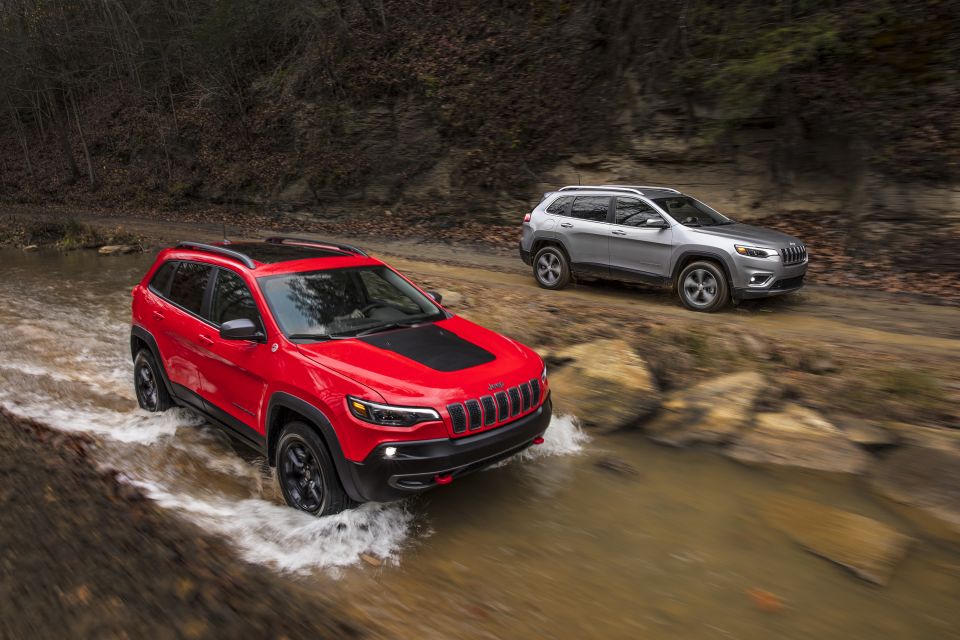
It’s an amazing range of products, and it’s got amazing heritage, and we feel as a team that we want to do it justice, and really get it in its rightful place in Australia.
We’re just about to make a big noise about 20MY Compass, we’ve just re-specced the whole car. It’s a great package, we’re just about to announce that.
Gladiator is arriving on the shores as we speak, so we’re just getting around to how we’re going to release demonstrators and get the activity going there.
We’ve just refreshed the Grand Cherokee range. Right the way across our SUV range we’ve got a Night Eagle as an entry, so we’ve taken out some of the less-equipped at the bottom end and put in vehicles with lovely specification.
We’ve got a good story to tell, and of course there’s new product which will be coming as well, Gladiator being the first of them. I think we’re at the start of a very good story, and we’re ready with the comms. We’re getting ready with our network.
We’re definitely ready with our after sales and technical competence and path, and I think we want to write a new chapter for Jeep.
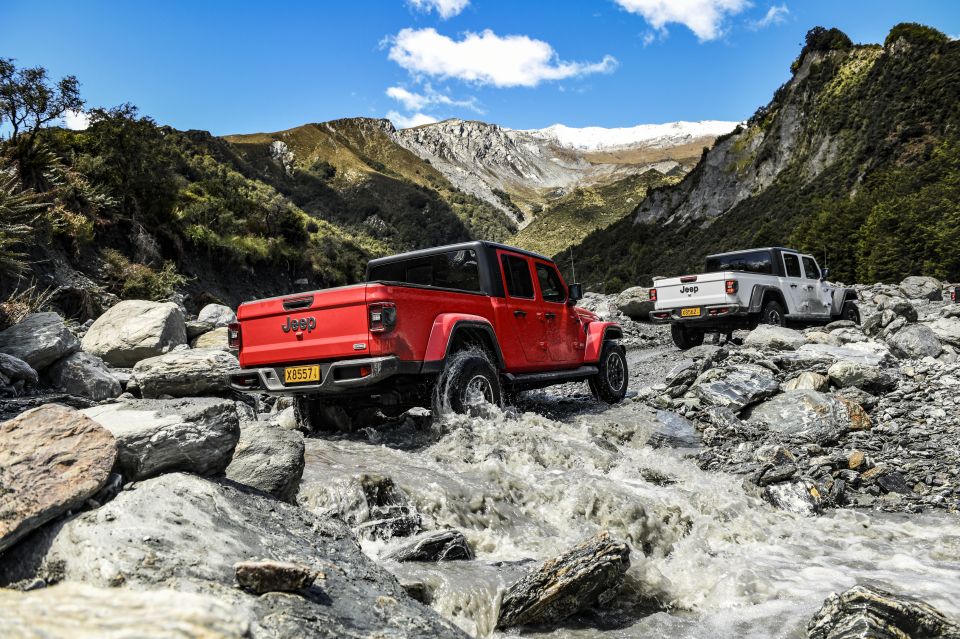
KF: I’m excited by what we can do with the 20MY Compass… I was in India before coming here, and that was my baby, putting that right-hand drive project together. Out of India we were shipping to all right-hand drive markets, to Japan, UK, Australia, South Africa.
It’s a great product, and now we’ve got the 20MY product. It’s got a great spec, we’ve added a lot of real relevant safety specification, really nice stuff.
They’re cracking spec, cracking little car. First ones have arrived, so we’re getting on with that. I think that’s where a bit of stardust will sprinkle over.
We’ve revamped the Grand Cherokee range, that’s always been our mainstay. It’s still a fantastic package, and again we’ve added specification there as well.
And also we’ve simplified it a bit. We had so many derivatives it was difficult for the dealers, so it must have been difficult for our customers to say ‘hang on, which model do I want?’.
We really have made it a lot easier to understand the range.
We have some exciting plans for Wrangler as well. At the end of the day it is the DNA of the whole company.
Gladiator is going to bring another dimension, with a big truck-type approach to the market. It’s very unique, I think it will be the only fully-convertible off-road truck in the business – and it’s a cracker…
We’re really excited, our dealers are excited, and we want to pave the way for a great future.

KF: Absolutely. It’s imperative that we watch clear KPIs around the customer ownership and customer attitude. That’s the number one, our goal is for those to move in a positive direction – if we ever see a blip, then we need to plug it with resources, and plug it with intervention.
There are high aspirations, but we need to learn from that past. I think we’ve got foundations in place this time that have never been in place before, I think that’s fair to say.
KF: I’m never one for giving out numbers because, number one, all you do is tell everybody – including the other competitors – where our aspirations lie, and I’d prefer to creep up behind them rather than actually declare what we’re going to do.
One per cent [market share] is ridiculous. One per cent of the SUV segment with an SUV brand is madness.
We’ve got a very, very solid plan. Global Jeep have got some real aspirations, and are making sure they’re written down on the board in my office. But we need to do it sensibly, grow back at the right rate and make sure that we never fall over again in terms of not being there for our customers.
We’re going to be there every step of the way now, that’s an absolute promise.
Where expert car reviews meet expert car buying – CarExpert gives you trusted advice, personalised service and real savings on your next new car.
Scott Collie is an automotive journalist based in Melbourne, Australia. Scott studied journalism at RMIT University and, after a lifelong obsession with everything automotive, started covering the car industry shortly afterwards. He has a passion for travel, and is an avid Melbourne Demons supporter.


William Stopford
6 Hours Ago
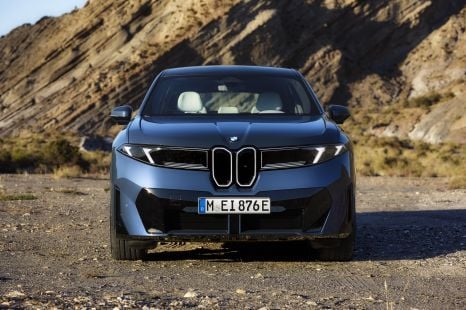

William Stopford
22 Hours Ago
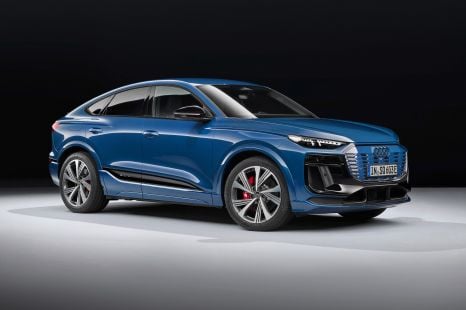

William Stopford
22 Hours Ago
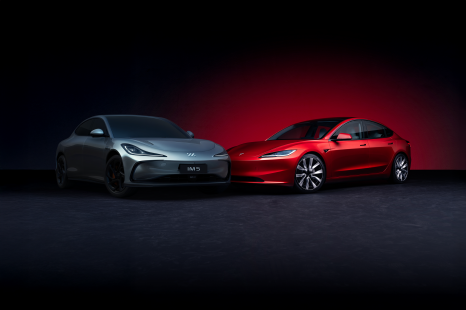

Andrew Maclean
23 Hours Ago


Derek Fung
23 Hours Ago
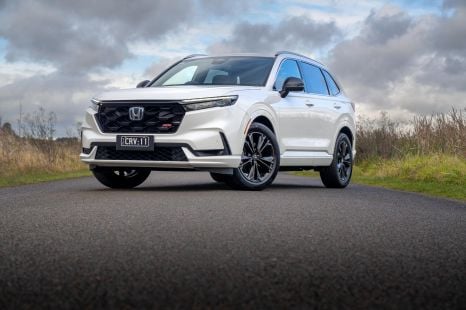

Andrew Maclean
23 Hours Ago